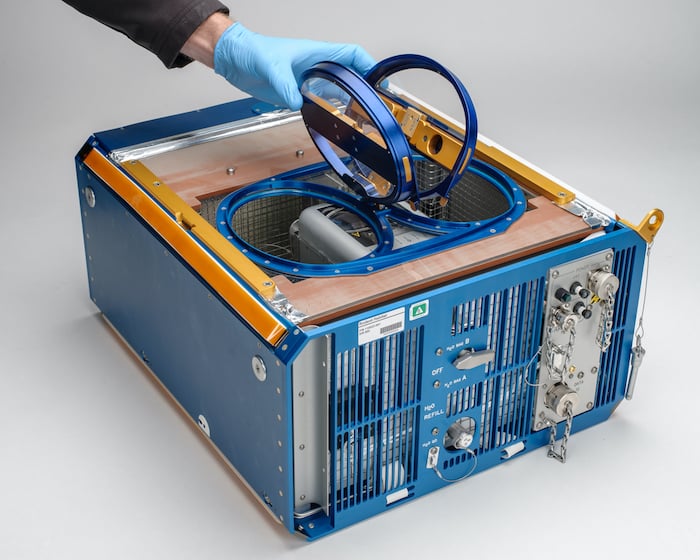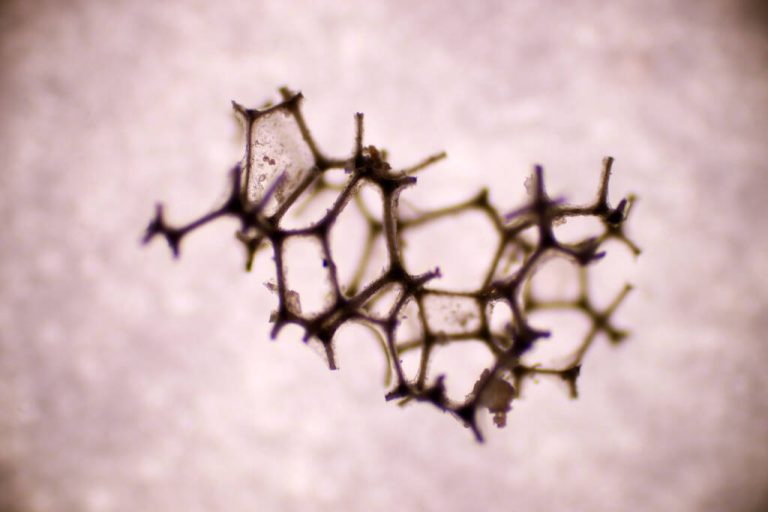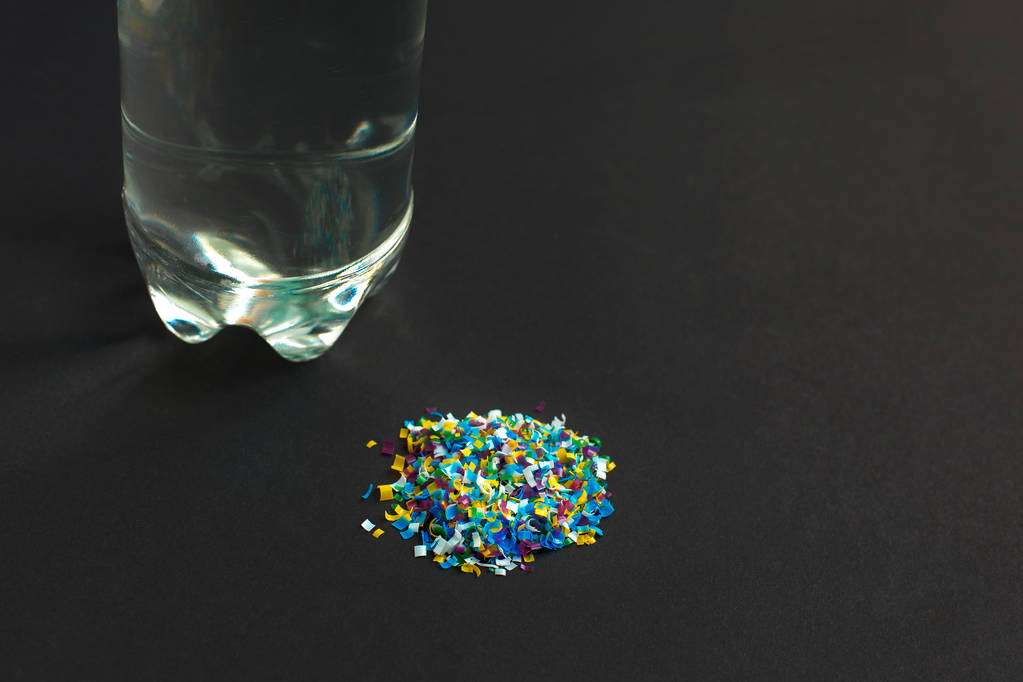Microgravity Environment: How Spaceflight Impacts Weight-Bearing Bones
Spaceflight exposes our body to a microgravity environment that significantly impacts weight-bearing bones. The loss of bone density, muscle atrophy, and other physiological changes highlight the urgent need for effective countermeasures. By studying these risks, scientists aim to design better safety protocols for astronauts while uncovering new insights that may help treat bone-related issues here on Earth.
Summary
- Spaceflight reduces gravitational force, which lowers the mechanical stress on bones.
- Weight-bearing bones experience notable density loss during extended missions.
- Experiments with mice aboard the International Space Station (ISS) have provided surprising insights.
- Innovative habitat designs on the ISS can help lessen bone loss.
- Cosmic radiation and isolation add additional health risks for astronauts.
- Research led by experts like Rukmani Cahill is key to understanding these effects.
- Findings show microgravity mainly affects bones that bear weight, while other parts remain less impacted.
- Future studies focus on refining exercise regimens and environmental setups to protect astronaut health.

Introduction
Space travel is not just an adventure into the unknown; it is a journey that tests the very limits of human biology. Humans have always adapted to Earth’s 1G gravity, and leaving this familiar pull causes the body to react in unexpected ways. In space, where there is almost no gravitational force, bones that normally support our weight begin to lose density. This loss makes them weaker and more prone to injury. Researchers are investigating these changes not only to safeguard astronauts but also to improve treatments for conditions such as osteoporosis on Earth.
When astronauts leave Earth, they face a range of physiological challenges. One of the most critical issues is the rapid loss of bone density. Under Earth’s gravity, our bones constantly receive stress from everyday activities. In space, however, that constant load is missing, leading to a significant decline in bone strength. This shift in bone health has prompted scientists to study the mechanisms behind bone loss and to search for practical countermeasures. These efforts are essential for planning long-term space missions and ensuring that future explorers remain healthy during and after their journeys.
Research Findings
Recent studies by teams such as the one led by Rukmani Cahill at the Blue Marble Space Institute of Science have deepened our understanding of bone health in space. In one experiment, mice were sent to the International Space Station for 37 days as part of NASA’s Rodent Research-1 project. Researchers analyzed the mice’s bones using microcomputed tomography—a high-resolution 3D imaging technique similar to hospital CT scans but on a much finer scale. The study revealed that bone loss was much more pronounced in weight-bearing areas like the femur than in regions such as the vertebrae.
The findings suggest that the absence of regular gravitational stress is the primary cause of bone deterioration in space. In a fascinating twist, the study also noted that the design of the ISS Rodent Habitat seemed to offer some protection. Mice housed in specially designed wire-mesh enclosures on Earth maintained or even increased their bone mass, unlike those in conventional laboratory cages. This result indicates that environmental design, which encourages varied movement, can positively affect bone health—even under normal gravity conditions.
Also, the study found that weak gravity could make bone grow faster in some places, like the top of the thigh bone. This might seem good, but it can stop bones from growing too early. That’s bad for living things that are still growing. Because some bones get weaker and others change faster, it shows how space trips can affect bones in surprising ways.

Detailed Analysis of Bone Health in Space
Spaceflight creates an environment where the forces that normally strengthen our bones are nearly absent. The following tables help clarify how bones behave under Earth’s gravity compared to in space.
| Aspect | Earth’s Gravity | Space Environment |
|---|---|---|
| Bone Density | Maintained through regular mechanical stress | Reduced due to minimal mechanical loading |
| Bone Growth | Follows a normal progression over time | Altered, with risks of premature changes |
| Mechanical Stress | High, supports daily movement | Minimal, which can lead to atrophy |
| Radiation Exposure | Low impact in daily life | Elevated risk from cosmic rays |
Another table below compares how different habitat designs can influence bone health in mice:
| Habitat Design | Effect on Bone Mass | Notes |
|---|---|---|
| Standard Laboratory Cage | Noticeable bone deterioration | Limited movement reduces natural mechanical stimulation |
| ISS Wire-Mesh Enclosure | Bone mass maintained or increased | Enhanced movement opportunities boost bone strength |
The Role of Exercise and Environment
In space, astronauts must exercise for nearly two hours daily to counteract muscle atrophy and bone loss. NASA is continuously researching the best exercise routines and environmental setups to reduce these risks. By examining how different physical activities and habitat designs affect bone strength, scientists hope to create more effective countermeasures for long-duration missions.
While exercise is essential, it is not the only solution. The type of habitat and equipment used on spacecraft can also influence the well-being of astronauts. For instance, the study of mice demonstrated that a well-designed living environment—one that encourages natural movement—can help maintain bone mass. This insight is critical as space agencies work toward designing spacecraft and stations that support both the physical and mental health of crew members. The interplay between exercise and environmental design represents a promising area for future research in astronaut care.
Facts
- Microgravity not only makes astronauts float but also leads to muscle and bone loss.
- Cosmic radiation exposure in space is much higher than on Earth.
- Exercise routines in space are meticulously planned to safeguard bone and muscle health.
Conclusion
Spaceflight presents unique challenges that push the boundaries of human health. The impact on weight-bearing bones is a clear example of how different the human body behaves outside Earth’s gravity. As research continues, we gain valuable insights that not only improve the safety of space travel but also offer avenues for medical advancements on Earth. Maintaining bone health in space is a multifaceted challenge that involves exercise, environmental design, and careful monitoring of physiological changes. This research is vital as humanity plans for missions in space, including journeys to Mars and beyond.
References
Research details were derived from the study published in the Public Library of Science article



